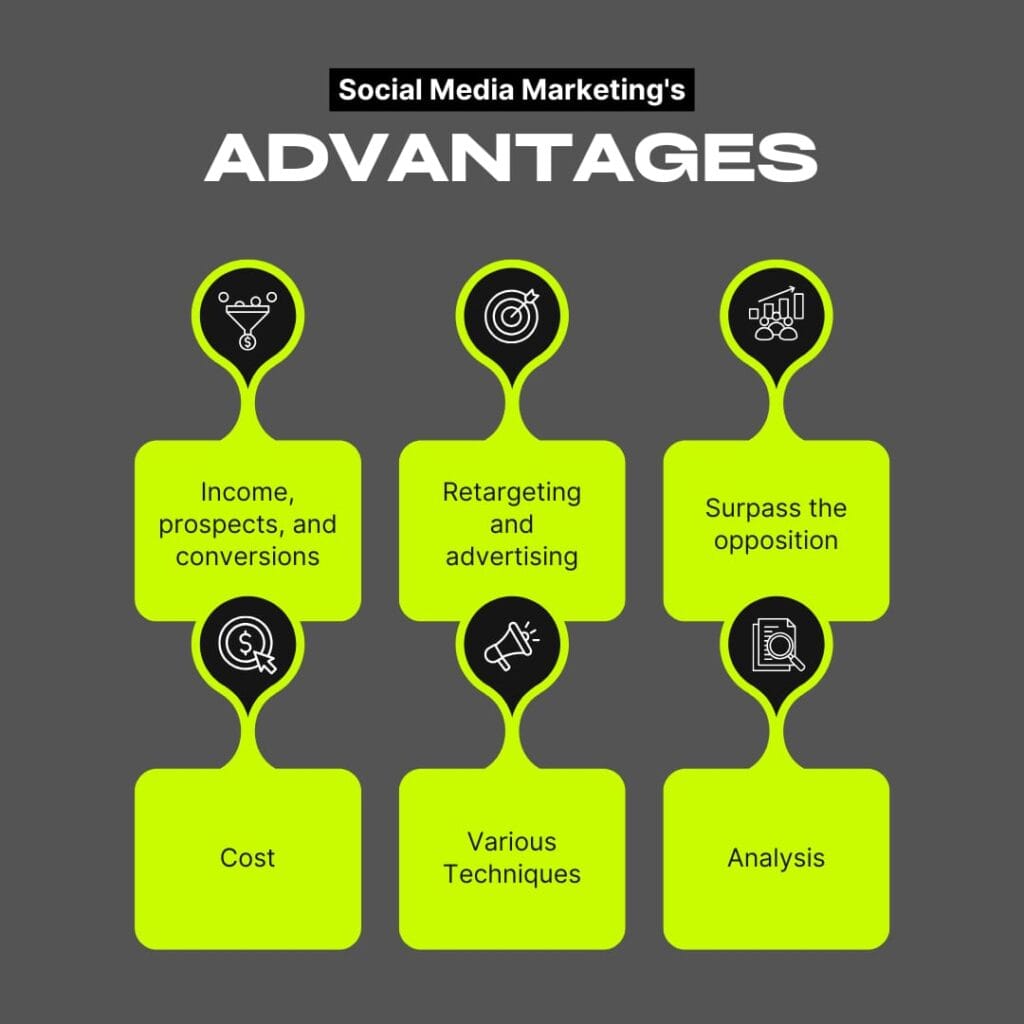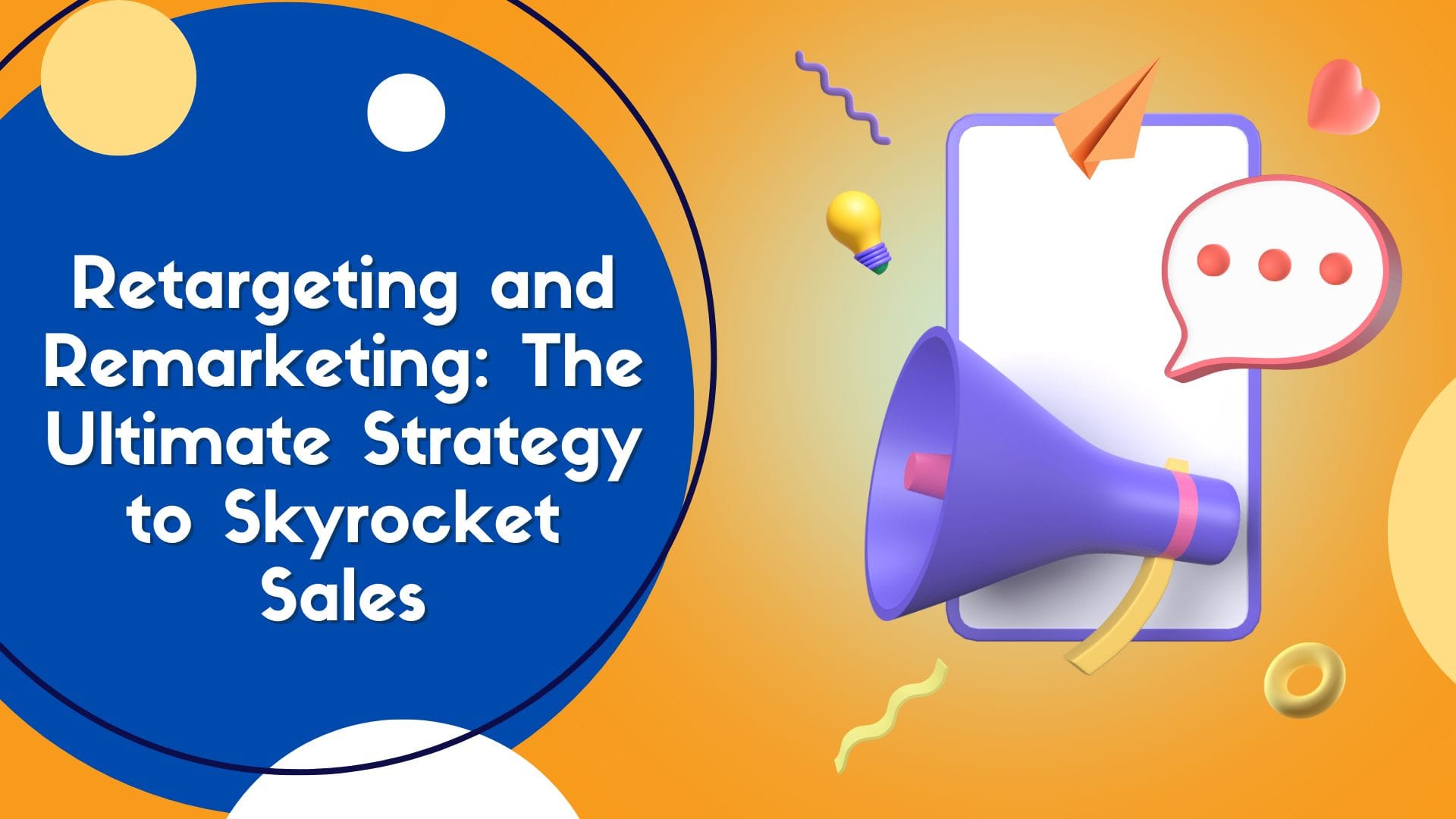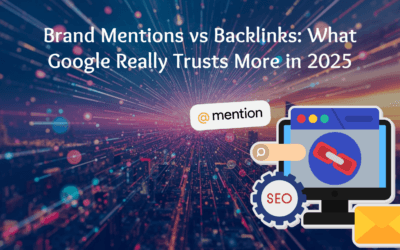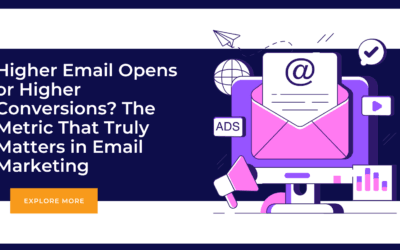Table of Contents
Introduction
In the world of digital marketing, businesses are always looking for ways to reconnect with potential customers who have shown interest in their products or services. Two common strategies used to achieve this are retargeting and remarketing. While these terms are often used interchangeably, they have key differences that can impact how businesses approach customer re-engagement.
In this blog post, we’ll break down retargeting vs remarketing, explore their benefits, and help you determine which strategy works best for your business.

What is Retargeting?
Retargeting is a digital advertising strategy that focuses on re-engaging users who have interacted with your website, social media, or digital content but didn’t complete a desired action, such as making a purchase or filling out a contact form.
How Retargeting Works
- A user visits your website but leaves without converting.
- A tracking pixel (cookie) is placed on their browser.
- They start seeing your ads across various platforms, such as Google Display Network, Facebook, or Instagram.
- These ads remind them of your brand and encourage them to return and complete the action.
Benefits of Retargeting
✅ Increases conversion rates – Re-engaging warm leads is more effective than targeting cold audiences.
✅ Keeps your brand top-of-mind – Users are constantly reminded of your business.
✅ Highly targeted – Ads are shown to users based on their past behavior.
✅ Works across multiple platforms – Google, social media, and third-party websites.
What is Remarketing?
Remarketing is a strategy that primarily involves re-engaging past customers or leads through email marketing campaigns. Instead of displaying ads across digital networks, remarketing focuses on sending personalized emails to users who have previously interacted with your business.
How Remarketing Works
- A user subscribes to your email list or makes a purchase.
- They receive targeted email campaigns with product recommendations, discounts, or reminders.
- The emails encourage them to return and take action.
Benefits of Remarketing
✅ Builds stronger customer relationships – Personalized emails create direct engagement.
✅ Cost-effective – Sending emails is more affordable than running paid ad campaigns.
✅ Encourages repeat purchases – Helps in upselling and cross-selling by using best remarketing strategies.
✅ Provides valuable customer insights – Businesses can track open rates, click-through rates, and conversions.
Key Differences Between Retargeting and Remarketing
Features
Retargeting
Remarketing
Display ads on websites and social media
Email marketing
Visitors who didn’t convert
Past customers or leads
Encourage users to return and complete a conversion
Re-engage customers for repeat purchases
Driving first-time conversions
Boosting customer retention
Which Strategy Works Best?
✅ You want to convert website visitors who didn’t complete a purchase.
✅ You need to increase brand awareness through display ads.
✅ You want to target users across multiple platforms (Google Ads, Facebook, etc.).
✅ You want to nurture leads through email campaigns.
✅You aim to increase customer retention and loyalty.
✅You want to send personalized offers or abandoned cart emails.
For maximum effectiveness, businesses should use a mix of retargeting and remarketing. Here’s how you can integrate both:
✅ Use retargeting ads on Facebook and other platforms to bring potential customers back to your website.
✅ Follow up with remarketing emails to nurture leads and encourage conversions.
✅ Personalize your campaigns based on user behavior and preferences.
Budget Allocation for Retargeting vs. Remarketing
Conclusion
Both retargeting and remarketing play a crucial role in re-engaging potential and existing customers. While retargeting works best for driving conversions through paid ads, remarketing excels in fostering long-term customer relationships via email marketing.
By leveraging both strategies, businesses can create a powerful customer re-engagement plan that boosts sales, builds brand loyalty, and maximizes ROI.
Ready to improve your marketing strategy? Start implementing retargeting and remarketing today!
Stay updated with SunBPO Solutions for the latest trends, insights, and strategies to keep your business ahead of the curve!
FAQ
What is the main difference between retargeting and remarketing?
Retargeting focuses on showing ads to users who have visited your website but didn’t convert, while remarketing primarily involves re-engaging previous customers via email or other direct marketing strategies.
Which is more effective, retargeting or remarketing?
It depends on your goals. Retargeting is great for attracting potential customers back to your site, while remarketing helps nurture existing leads and encourage repeat business.
How long should I run a retargeting campaign?
A typical retargeting campaign runs for 30–90 days, depending on your industry and audience engagement. However, continuous A/B testing can help optimize performance.





0 Comments